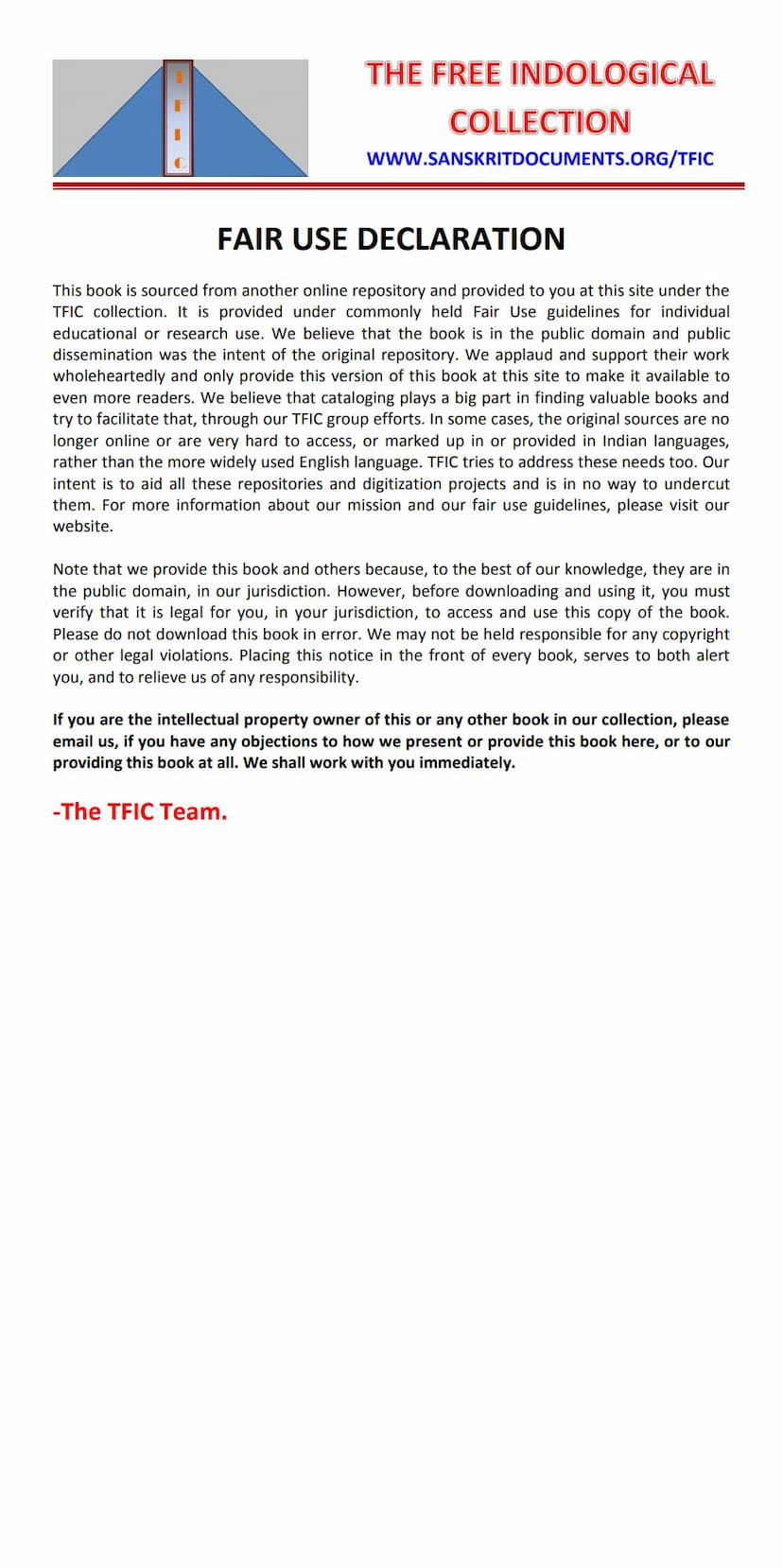Shantinath Charitram
Added to library: September 2, 2025

Summary
Certainly! Here's a comprehensive summary of the Jain text "Shantinath Charitram" by Kanchanvijay, based on the provided text from JainQQ.org.
Shantinath Charitram (Narrative of Shantinath)
Author: Kanchanvijay Publisher: Kanchanvijay Catalog Link: https://jainqq.org/explore/010541/1
Summary:
"Shantinath Charitram" is a Jain text that chronicles the life and past lives of Lord Shantinath, the 16th Tirthankara in the current epoch. The provided text is the first part of this narrative, focusing on the description of Shantinath's previous births.
The text begins with invocations and dedications, acknowledging the spiritual lineage and benefactors involved in its publication. The narrative then delves into the concept of karma and rebirth, fundamental to Jain philosophy, explaining how actions in past lives influence present circumstances and future destinies.
The story unfolds through the description of Shantinath's (as a soul) various births across different realms and circumstances, illustrating the cyclical nature of existence. Key narratives and characters encountered in these past lives include:
-
Lord Shantinath's Royal Lineage: The text establishes Shantinath's lineage as having royal connections, starting with King Shri Shen and Queen Singhnandita in Ratnapur. They have two virtuous sons, Indusena and Vindusena. This highlights the noble origins and virtuous qualities associated with Tirthankaras even before their birth as humans.
-
The Story of Kapila: This significant narrative illustrates the consequences of one's actions and the importance of character over caste. Kapila, born to a Brahmin family but lacking a formal lineage, demonstrates exceptional intelligence and skill. He marries Satyabhama, the daughter of his teacher, and faces challenges due to his perceived lower social standing. His wife's dissatisfaction with his perceived "common" status and their eventual separation highlight societal biases and the complexities of relationships influenced by karma. The intervention of a mendicant (Sadhuniko) and the subsequent events underscore the role of divine intervention and the unfolding of karmic destiny.
-
The Tale of Dhanadatta and Satyabhama: This story depicts a wealthy merchant, Dhanadatta, and his wife, Satyabhama, who are devoted to virtuous deeds. Despite their piety, they face the sorrow of being childless. Their unwavering faith in Dharma, their generosity, and their commitment to religious practices are emphasized. The birth of their son, Mangal Kalash, is a direct result of their devotion and good deeds, illustrating the rewards of righteousness.
-
The Narrative of King Vairisinha and Queen Somchandra: This story focuses on a king and queen who, despite their prosperity, are concerned about having children. Their focus on righteous actions – devotion to God, charity, and scriptural study – is presented as the path to fulfilling their desire. The birth of their son, Nirmala Nath, is a consequence of their virtuous lifestyle.
-
The Story of King Jitashatru and Queen Gunavali: This narrative involves a king and queen whose daughter, Triloky Sundari, is destined for greatness. The king's desire to find a suitable match for his daughter leads to discussions about marriage alliances, touching upon the complexities of royal arrangements and the influence of fate. The episode highlights the challenges and decisions faced by royalty in matters of marriage and succession.
-
The Tale of King Surasundara and Queen Gunavali: This section likely introduces another royal lineage, detailing their lives and the dreams that signify future events, such as the birth of a daughter. The narrative progresses through the king's contemplation of a suitable match for his daughter and the advice he receives from his consorts and ministers, underscoring the importance of careful consideration in matters of marriage and alliances.
-
The Story of Mangal Kalash and Triloky Sundari: This narrative, possibly a continuation or parallel story, involves the union of Mangal Kalash and Triloky Sundari. Their journey involves navigating societal expectations and personal desires, highlighting the intricacies of life and the unfolding of destiny.
-
Past Lives and the Influence of Karma: Throughout these narratives, the text consistently emphasizes the Jain principle of karma, showing how past actions, even seemingly minor ones, have profound consequences in future births. The characters often face trials and tribulations that are karmically determined, and their responses to these situations shape their spiritual progress.
-
The Importance of Dharma: The narratives underscore the central role of Dharma (righteousness, duty, virtue) in achieving happiness, prosperity, and ultimately, liberation. Devotion to the Tirthankaras, adherence to ethical principles, and acts of charity are consistently portrayed as pathways to a better future.
The first part of the "Shantinath Charitram" serves as a profound exposition of Jain teachings on karma, rebirth, and the path to spiritual liberation, presented through engaging stories of past lives, royal personages, and ordinary individuals. It aims to educate and inspire readers by illustrating the universal law of cause and effect in the context of the soul's journey towards enlightenment.